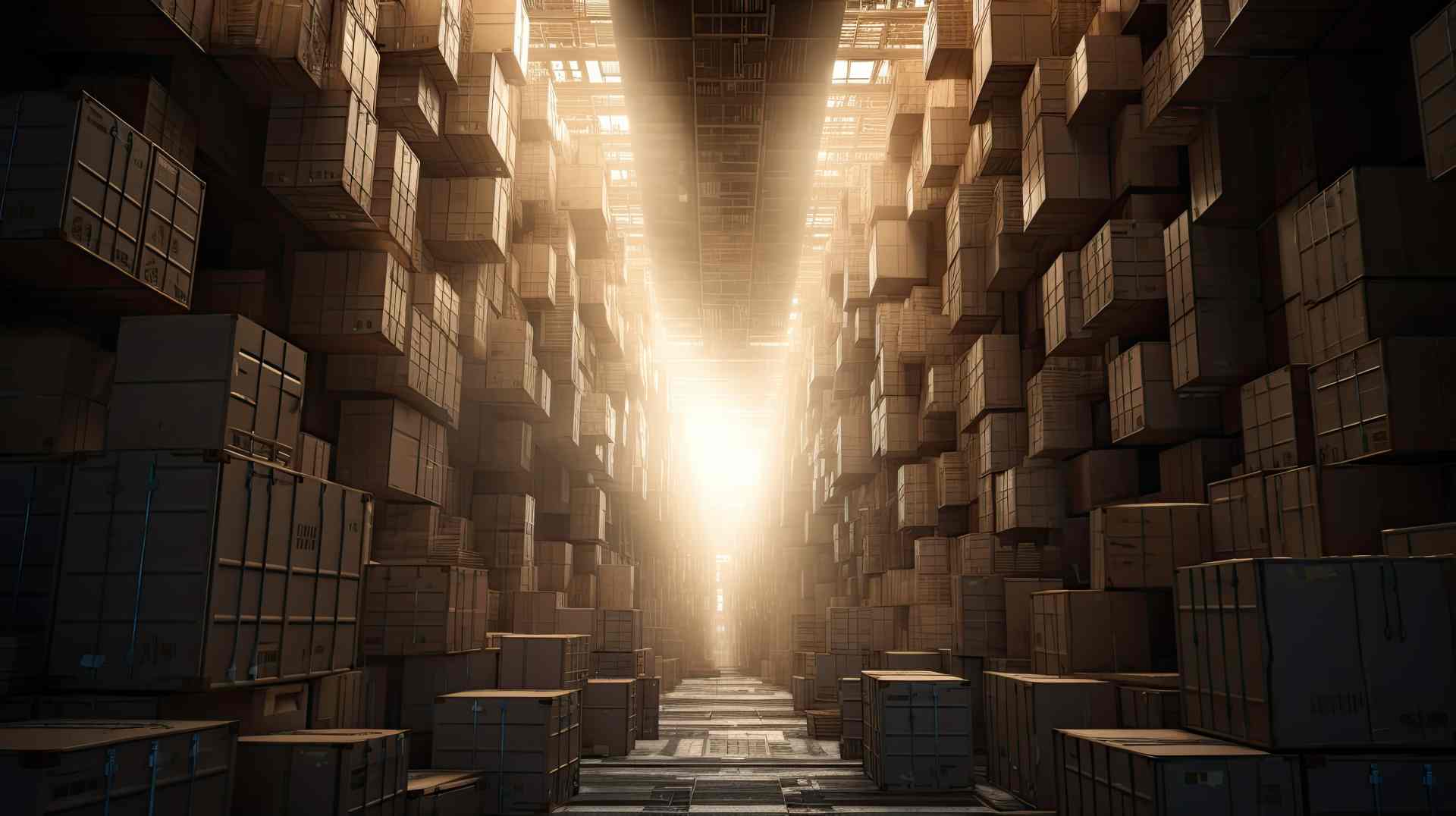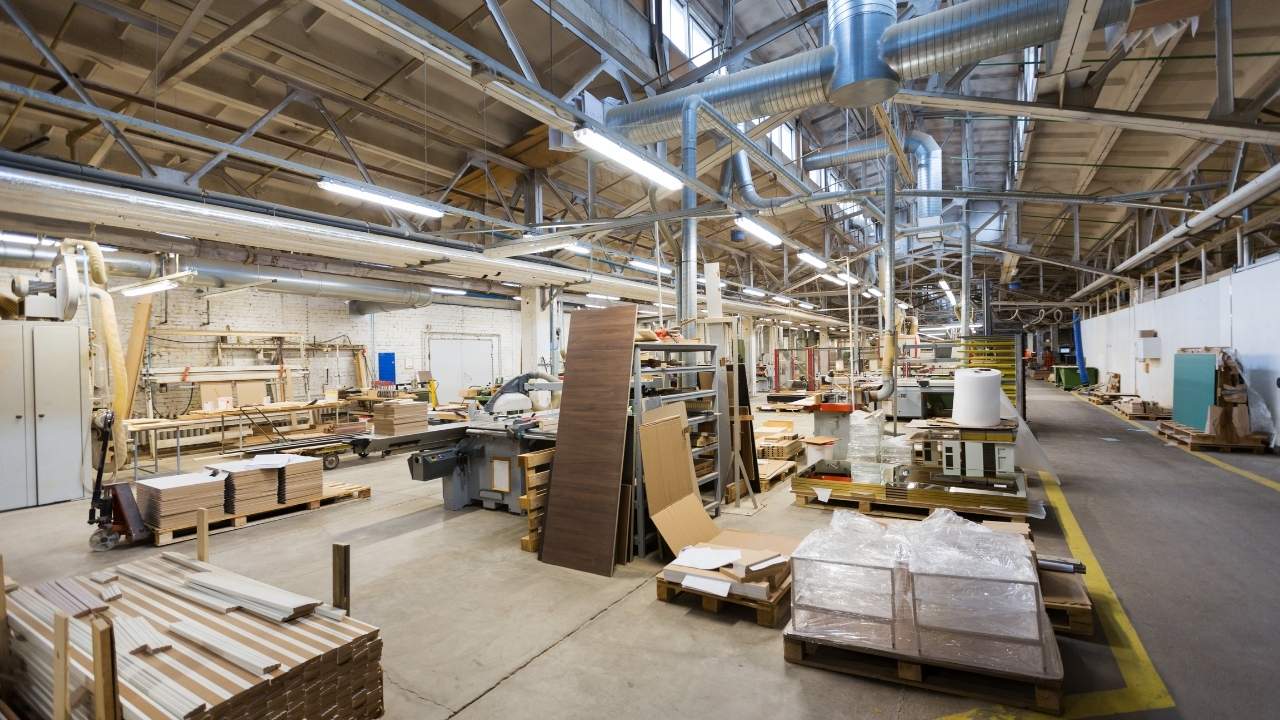Manufacturing accounting presents unique challenges due to the complexities of production, labor, inventory costs, and specific valuation methods used in manufacturing operations. This guide explores distinct cost concepts, best practices, and key considerations for evaluating financial and manufacturing accounting software, highlighting how Rootstock Cloud ERP enhances manufacturing accounting processes.
What is Manufacturing Accounting?
Manufacturing accounting involves the specialized process of capturing, analyzing, and reporting the financial details specific to the production of goods. While manufacturers share common business activities with other industries—such as selling products, employing staff, utilizing equipment, paying vendors, and receiving payments from customers—manufacturing accounting uniquely focuses on manufacturing costing.
Capturing the cost of manufactured goods requires unique considerations and methods. Manufacturing cost accounting systems must accurately capture these costs while being flexible enough to accommodate various manufacturing methods, processes, and techniques.
For instance, consider the cost of producing something as simple as a toothpick. Wood, the raw material, must be received, processed, and stored properly. Machinery is required to convert large pieces of wood into toothpicks and apply a coating. Workers handle the movement and storage of work-in-process goods. Packaging must be either manufactured in-house or procured from a vendor, and the toothpicks need to be boxed and prepared for shipment. Workers then load these boxes onto trucks. Throughout this process, the manufacturer must account for the costs of wood, machinery, labor, electricity, and other overhead, all before receiving payment from customers.
Clearly, cost accounting for manufacturers is complex and challenging. So, let’s delve deeper into the intricacies of manufacturing accounting!
Common Challenges with Accounting for Manufacturing
Manufacturing cost accounting presents unique challenges, whether in discrete manufacturing, distribution, or supply chain operations. Key issues include:
- Inventory Valuation Methods: Determining the appropriate method for inventory valuation (e.g., FIFO, LIFO, or weighted average) can be complex and impact financial reporting.
- Tracking Costs: Complex manufacturing processes make it difficult to accurately track and pinpoint costs. Identifying direct and indirect costs associated with production requires meticulous management.
- Allocating Indirect Costs: Allocating indirect costs such as overhead, utilities, and maintenance can often involve estimations, leading to potential inaccuracies.
- Real-Time Reporting: Providing real-time, accurate, and actionable data is crucial for production management, customers, suppliers, and overall business intelligence. Ensuring that reports meet these needs is a significant challenge.
The Accounting Department is tasked with addressing these challenges, ensuring accurate cost tracking, and producing reliable financial reports that support effective decision-making in the manufacturing process.
Accounting for Manufacturing Costs
Manufacturing accounting begins with understanding the various costs involved in production. Here’s an overview of the key components and terms:
-
Total Manufacturing Cost
Accurately determining total manufacturing cost depends on the manufacturing processes used. Understanding common terms and concepts in manufacturing accounting can guide better decision-making and lead to more precise cost calculations.
-
Indirect Costs vs. Direct Costs
Manufacturing costs are divided into direct and indirect costs:
- Direct Costs: These are traceable to a specific product, such as the raw materials (e.g., wood for toothpicks) and direct labor involved in production.
- Indirect Costs: These are necessary for running the manufacturing business but cannot be directly traced to a product, like safety glasses, facility security, depreciation, and utilities.
A useful rule of thumb is that direct costs increase with production, while indirect costs are incurred regardless of production levels.
-
Direct Materials Costs
Direct material costs increase with production. These are the costs of raw materials used to manufacture goods. They must be itemized and tracked in a bill of materials and stored before production begins.
-
Direct Labor Costs
Direct labor costs include wages, benefits, and insurance for workers directly involved in production. Distinguishing between direct labor and overhead labor (e.g., managers, and maintenance workers) is crucial, as some roles might blur the lines during specific tasks.
-
Manufacturing Overhead Costs
Manufacturing overhead, or indirect costs, are not directly linked to product creation. This category includes utilities, administrative staff, security, cleaning supplies, rentals, and insurance. Accurately distinguishing direct costs from overhead is essential for determining inventory values and gross profits.
-
Product Costs
Product costs encompass the total cost of producing an item, including both direct and indirect costs. For example, the cost of a toothpick includes the wood, labor, equipment, security, and utilities.
-
Production Cost
Production cost refers to the total of direct materials, direct labor, and manufacturing overhead costs associated with producing a specific product or batch. Manufacturers often track these costs by product, product line, project, or customer order to assess profitability.
-
Inventory
Inventory includes raw materials, work-in-progress, and finished goods not yet sold. Manufacturing accounting must capture these costs, including the challenges of partially assembled products and rework processes. Consistency in units of measure is critical to avoid inaccuracies in reporting.
-
Depreciation
Depreciation accounts for the decrease in the value of assets over time. Common methods include:
- Straight-line depreciation: Evenly spreads the cost over the asset’s useful life.
- Declining balance depreciation: Accelerates depreciation initially, then slows it as the asset ages.
- The sum of the years’ digits depreciation: Uses a unique factor for each year to calculate depreciation.
-
Operating Costs
Operating costs cover material and production costs (cost of goods sold or COGS) plus the costs to run the business (SG&A costs). These include travel, office supplies, maintenance, salaries, utilities, and facility taxes. Operating costs can be either variable or fixed.
-
Variable Costs
Variable costs change with production volume. In manufacturing, these costs rise with increased production and fall with decreased production, such as the cost of wood, production labor, and packaging for toothpick production.
-
Fixed Costs
Fixed costs remain constant regardless of production levels. These include expenses like security, real estate, factory facilities, insurance, and other necessary business operations.
By understanding and accurately accounting for these costs, manufacturers can optimize their financial management and improve overall business performance.
Versa Cloud ERP is an All-in-One for Manufacturing Accounting
Versa Cloud ERP is an all-in-one solution for manufacturing accounting, offering a robust and adaptable platform that integrates procurement, inventory management, production planning, quality control, and finance. This comprehensive system ensures real-time visibility and tracking of inventory and warehouse operations, enhances production agility with advanced scheduling and maintenance features, and supports seamless data flows. By leveraging dynamic reorder management and powerful analytics for strategic sourcing, Versa Cloud ERP helps manufacturers optimize costs, improve efficiency, and achieve faster time-to-benefit with a lower total cost of ownership (TCO) compared to legacy systems. With intuitive interfaces that ensure high user adoption, Versa Cloud ERP drives enterprise-wide optimization and prepares manufacturers for the future of smart manufacturing.






